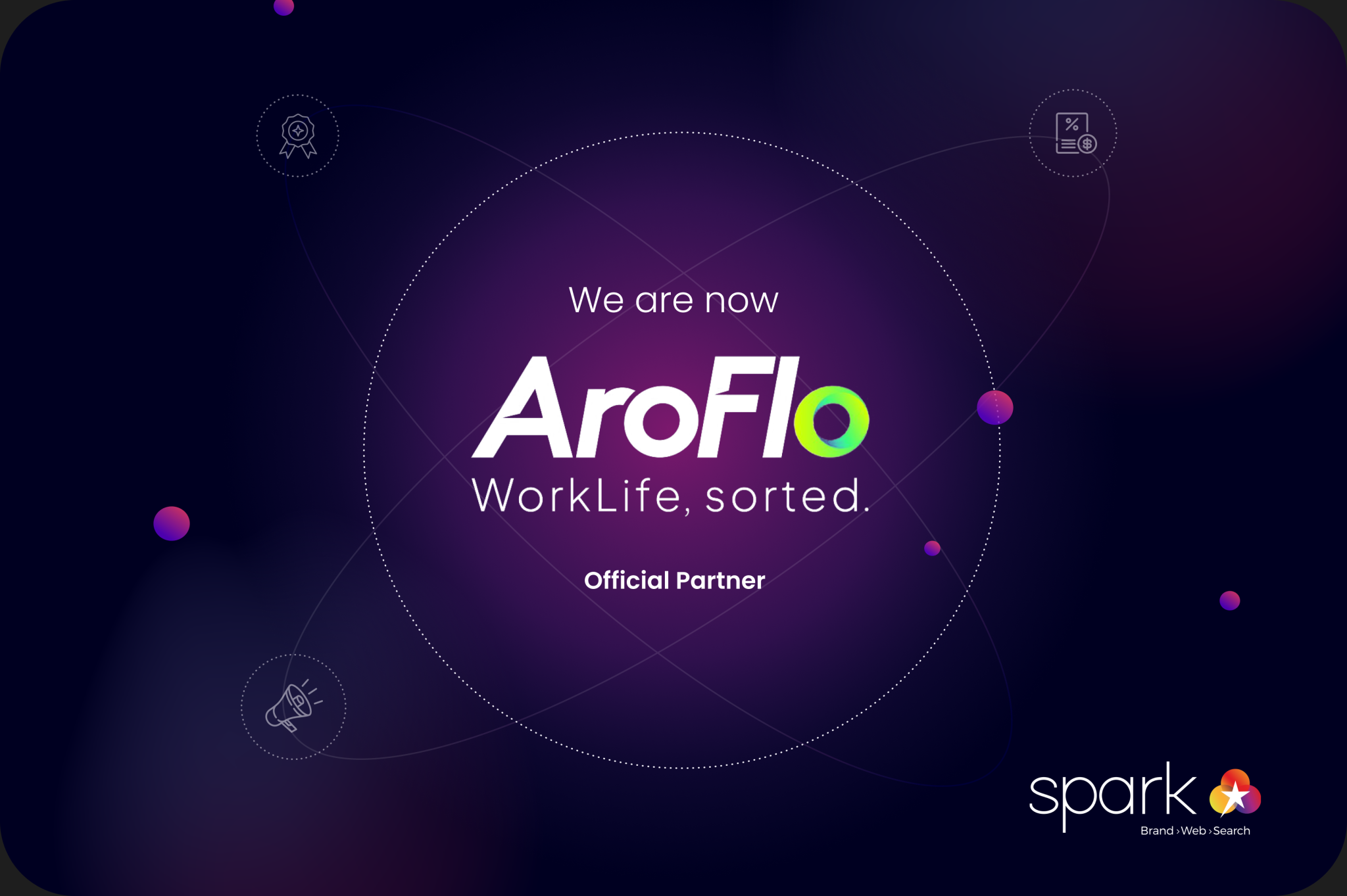The right website redesign can turn an ecommerce site from underperforming to unstoppable.
Australian businesses that have invested in strategic redesigns are reporting sales lifts of 85–200%, with mobile-first design, optimised checkout flows and smarter product pages leading the way. In Sydney, we’ve seen clients come back with the same story: smoother experiences for their customers and measurable growth for their business. From Shopify stores to WooCommerce sites, these results show that lasting gains come from clarity, speed and customer focus—not surface-level changes.
In this guide, we’ll share 12 proven strategies that show how a redesign can transform your online store into a high-converting sales channel.
Why an Ecommerce Website Redesign Matters in 2025
Customer behaviour online doesn’t stand still, and neither can your store. A site that once delivered steady sales may now be losing ground because expectations have changed. Shoppers compare every experience against the biggest names in retail, and if your store feels outdated, they’ll move on fast.
A website redesign matters because it allows you to reset, address weaknesses, and bring your ecommerce presence in line with how people actually shop today. A redesign goes beyond visual updates, giving your store the foundation it needs to stay competitive and ready for future growth.
The businesses we work with often cite the same turning points:
- Rising mobile traffic outpacing their current design.
- Checkout experiences that leak sales instead of closing them.
- Search and navigation that make products hard to find.
- SEO performance held back by outdated structures.
- Integrations with Shopify or WooCommerce that don’t support new features or payment options.
- Competition pulling ahead with faster, smarter sites.
An ecommerce website redesign is how you address these issues in one planned project rather than chasing small fixes. Done properly, it’s a direct investment in growth—lifting conversions, improving retention, and keeping your store competitive in a market where every click matters.
12 Proven Ecommerce Redesign Strategies That Boost Sales
Over years of working with Australian retailers, we’ve seen the same patterns play out. When ecommerce websites underperform, it’s usually because of gaps in design, usability or functionality that block customers from completing a purchase. The strategies below come directly from redesign projects we’ve delivered for Shopify and WooCommerce sites—practical changes that have consistently improved conversions, lifted sales, and helped businesses compete in crowded markets.
Strategy 1: Prioritise Mobile-First Responsive Design
With more than 70% of ecommerce traffic in Australia coming from smartphones, your redesign should begin with mobile in mind. That means planning layouts, navigation and product displays for the smallest screen first, then scaling up for desktop.
Practical steps include:
- Designing with larger, thumb-friendly buttons that make checkout effortless.
- Using clean, single-column layouts that remove the need for zooming or side-scrolling.
- Compressing and optimising images so they load quickly on mobile connections.
- Testing checkout flows on real devices to identify friction before launch.
For Shopify and WooCommerce sites, this often involves selecting or customising themes that are truly mobile-first, not just “responsive by default.” Done properly, this strategy reduces bounce rates, improves time on site, and ensures Google rewards your store with stronger mobile SEO rankings.
Strategy 2: Redesign Product Pages to Drive Conversions
Product pages are often where customers decide whether to buy or leave. In a redesign, they should be treated as the centrepiece of your ecommerce store. Not just placeholders for product information, but well-structured pages built to persuade and convert.
Practical steps include refining the way information is presented:
- Use high-quality images or videos that show the product clearly from multiple angles.
- Write copy that highlights benefits first, then details features.
- Position call-to-action buttons prominently so they stand out on both desktop and mobile.
- Add supporting details—like shipping, returns and stock availability—without forcing users to hunt for them.
Well-structured product pages reduce hesitation and create buyer confidence. The clearer and more persuasive your pages, the less time customers spend comparing elsewhere.
Strategy 3: Streamline the Checkout Process
Checkout is the point where interest becomes revenue—or where customers abandon their carts. A redesign should focus on removing every possible barrier that slows or frustrates shoppers.
Changes worth implementing include:
- Simplifying forms to only request essential details.
- Offering a guest checkout option for faster completion.
- Integrating trusted local payment methods like Afterpay or PayPal.
- Reducing the number of steps by consolidating pages where possible.
Every extra step risks another abandoned cart. Streamlined checkout is one of the fastest ways to recover lost sales and improve overall conversion rates.
Strategy 4: Implement Advanced Search and Filtering
When customers can’t find what they’re looking for, they leave. A redesign is the chance to build smarter search and filtering tools that guide shoppers to the right products quickly.
What this looks like in practice:
- Add predictive search that suggests products as users type.
- Create filters by price, size, colour, or category, tailored to your industry.
- Ensure filters are visible and easy to adjust on mobile screens.
- Use data from site searches to refine product naming and categorisation.
For Shopify and WooCommerce stores, this can mean integrating advanced search plugins or customising the navigation to suit your product range. Done well, it reduces frustration, increases product discovery, and keeps customers browsing longer—key ingredients for higher conversions.
Strategy 5: Build Trust with Security and Confidence Signals
Trust is often the final barrier between browsing and buying. Customers want to know their data is safe and that your business is legitimate before they commit payment details. A redesign is the opportunity to build these signals directly into the shopping journey.
Ways to strengthen trust:
- Place SSL certificates and secure payment icons in visible spots.
- Display verified reviews near checkout to reassure last-minute buyers.
- Add clear refund and return policies on product and cart pages.
- Highlight accepted payment options familiar to Australian shoppers, like Afterpay and PayPal.
Online competition has raised customer expectations—if a site doesn’t look and feel secure, shoppers won’t risk a purchase. Visible trust markers can be the deciding factor between a completed order and a lost sale.
Strategy 6: Optimise Page Speed
Slow sites don’t just frustrate users—they cost real revenue. Research shows that even a one-second delay can reduce conversions by up to 7%, and with so many alternatives available, Australian customers won’t wait. A redesign allows you to streamline performance from the ground up.
Where to focus:
- Compress images and use modern file formats like WebP.
- Remove unused scripts, fonts and apps that drag load times.
- Implement a content delivery network (CDN) to speed up global delivery.
- Choose fast, reliable hosting tailored for ecommerce traffic.
Speed is a competitive advantage. In industries like fashion or electronics, where product choice is wide and margins are tight, a site that loads instantly is more likely to hold attention and secure the sale.
Strategy 7: Personalise the Shopping Experience
Generic storefronts make customers feel like just another number. A redesign should focus on creating personalised pathways that match shopping habits, increasing relevance and engagement at every touchpoint.
How to put this into action:
- Show recently viewed products to encourage return visits.
- Tailor banners or promotions to different customer segments.
- Use location data to display accurate shipping and delivery times.
- Recommend products based on browsing or past purchase history.
Personalisation signals that you understand your customers. The more relevant the experience, the more likely shoppers are to buy again—and to become loyal advocates of your brand.
Strategy 8: Optimise Category and Product Pages for SEO
A beautiful store won’t succeed if customers can’t find it. Category and product pages often attract the bulk of organic traffic, making SEO optimisation an essential part of redesign.
Steps that make the difference:
- Write keyword-rich but natural product titles and headings.
- Use structured data so products appear in Google’s rich snippets.
- Optimise URLs for clarity and relevance (e.g. /mens-running-shoes/).
- Ensure fast load speeds and mobile-friendly layouts for rankings.
Ranking well in search engines drives qualified traffic without ongoing ad spend. For Australian retailers, optimised product and category pages provide long-term visibility in a competitive ecommerce market.
Strategy 9: Highlight Social Proof and Reviews
In online shopping, trust is built through others’ experiences. A redesign should highlight reviews, testimonials and user content where they matter most: on decision-making pages.
Where to start:
- Place ratings and reviews prominently on product pages.
- Showcase user-generated photos or videos to add authenticity.
- Add testimonials on higher-value products or services.
- Feature logos of media mentions or industry recognition.
Social proof reduces doubt and reinforces credibility. Shoppers are far more likely to purchase when they see real people validating your products.
Strategy 10: Capture Emails and Build Retention
Winning a customer once is only half the battle. A redesign should set up systems that capture details and encourage ongoing engagement, ensuring you don’t rely solely on new visitors to drive sales.
Key elements to include:
- First-time sign-up incentives with discount or free shipping.
- Exit-intent forms to capture customers before they leave.
- Automated cart-recovery emails for unfinished checkouts.
- Segmented campaigns that match customer preferences.
An email list provides a direct line to your audience, immune to rising ad costs or algorithm changes. Done right, retention strategies can generate more lifetime value than first purchases.
Strategy 11: Use Cross-Selling and Upselling to Lift Order Value
Revenue growth doesn’t always come from more traffic—it often comes from maximising the value of existing customers. A redesign gives you the chance to build upsell and cross-sell tactics directly into the shopping journey.
Examples of what to add:
- “Frequently bought together” widgets on product pages.
- Upsell offers for premium versions or add-ons at checkout.
- Related product carousels beneath main items.
- Clear bundle or multi-buy discounts.
Customers are most open to add-ons when they’re already ready to buy. Thoughtful cross-sells and upsells increase order value without extra marketing spend, lifting overall profitability.
Strategy 12: Set Up Analytics and Conversion Tracking
Without data, a website redesign is a one-off effort. Analytics provide the feedback loop you need to improve continuously and maximise ROI.
How to ensure this is done right:
- Enable ecommerce tracking in Google Analytics 4.
- Use heatmaps or session recordings to monitor behaviour.
- Set up funnel tracking to pinpoint where drop-offs occur.
- Review results regularly and adapt based on evidence.
Ecommerce is never static. Tracking ensures your redesigned site evolves with customer behaviour, so improvements don’t end at launch—they compound over time.
Ecommerce Website Redesign Cost and ROI in Australia
In Australia, ecommerce website redesigns generally start at around $10,000 for small stores and can exceed $40,000 for larger retailers with complex features. While the upfront cost can feel significant, the return often comes quickly when redesigns are tied to clear strategies.
We’ve consistently seen that applying the 12 strategies outlined above leads to meaningful gains. Many retailers report conversion lifts of 15–35% within the first year, often recouping their investment in under 12 months through higher sales and lower cart abandonment. The key is that each improvement—whether mobile optimisation, streamlined checkout or SEO-focused product pages—directly contributes to revenue growth.
Ultimately, the value of a redesign isn’t tied to the cost of building a new site, but to how effectively it turns that investment into sustained growth.
Sydney Ecommerce Redesign Case Studies: Real Results
Gelato Supply: Complete Platform Migration Success
Gelato Supply came to us because their WooCommerce site was slowing the business down. Managing inventory and orders required constant manual work, shipping calculations were unreliable, and customers had limited payment options. For a growing Sydney-based B2B supplier, the platform had become a barrier to efficiency and growth.
The Challenge
- Time lost to manual processes in order management and shipping
- Inflexible payment options that didn’t suit B2B buyers
- Lack of autonomy to update products, pricing and stock easily
What We Did
- Migrated the store from WooCommerce to Shopify using the Viola/Pure theme
- Integrated Sendle, TNT Australia and FedEx for automated shipping
- Set up PayPal and card payments for greater flexibility
- Delivered a mobile-optimised checkout for repeat B2B customers
The Results
- Order processing became faster with automated notifications and shipping labels
- Real-time inventory management gave the owner full autonomy
- Customers enjoyed a smoother, mobile-friendly checkout
- The platform scaled reliably during peak seasonal demand
This redesign addressed the real business problem: operations that were holding growth back. By streamlining processes and improving the customer experience, Gelato Supply gained both efficiency and scalability.
Choosing the Right Ecommerce Redesign Agency
The 12 strategies above give a clear roadmap for lifting sales through a website redesign. But executing them all takes a mix of skills—design, development, SEO, user experience, and platform knowledge. For many businesses, that’s difficult to manage in-house.
This is where the right agency becomes valuable. A strong partner ensures your redesign is more than a fresh coat of paint. They connect strategy to implementation and deliver the kind of measurable results we saw in the Gelato Supply case study.
What to look for in an agency:
- Proven results: Case studies that show conversion or sales improvements, not just design changes.
- Platform expertise: Deep experience with Shopify and WooCommerce, plus the ability to recommend the best fit for your needs.
- Local understanding: Knowledge of Australian markets, from payment preferences like Afterpay to logistics and shipping integrations.
- Focus on growth: An agency should measure success in conversions, ROI and customer experience—not just visuals.
The right partner bridges the gap between strategy and execution, ensuring your investment leads to long-term performance, not just a new look.
Moving Forward with Your Redesign
Redesigning an ecommerce site in 2025 means building for performance and growth. Faster load times, streamlined checkouts, clear product pages and personalised experiences are what keep customers engaged and converting. The 12 strategies in this guide show where those improvements matter most and how they translate into measurable results.
As you plan your next steps, focus on the changes that remove friction for customers and make your store easier to manage. A redesign done with purpose can create long-term value—lifting sales, improving efficiency and helping your business compete in a crowded online market.
Download the Ecommerce Website Redesign Checklist
Want a quick reference to the 12 strategies covered in this guide? We’ve created a two-page checklist so you can review them anytime without scrolling back through the full article.
Use it to:
- Keep the 12 strategies front of mind during planning
- Share a simple cheat sheet with your team
- Make faster decisions when reviewing your current site
Complete the form below and we’ll send the checklist straight to you.





